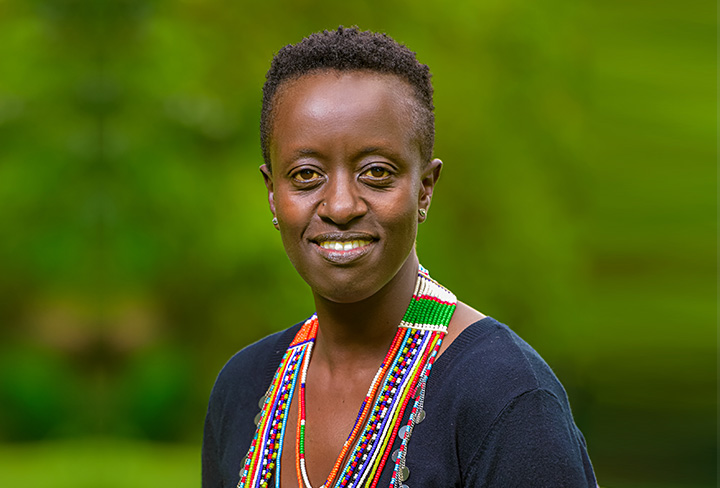
By Phoebe Nadupoi
Over 83% of wildlife in the Maasai Mara were found in community conservancies, according to a 2021 census by the Wildlife Research and Training Institute and the Kenya Wildlife Service.
The aerial census counted 15 large mammals, namely: wildebeest, common zebra, buffalo, impala, Thomson’s gazelle, topi, Grant’s gazelle, elephant, giraffe, eland, kongoni, warthog, waterbuck, Lesser Kudu, and ostrich.
The census report released in May 2022, for instance, indicates that nearly the entire population of wildebeest, found to be the most abundant mammal species, was recorded in community conservancies and dispersal areas comprising 76.0% and 23.0%, respectively. The report highlights a similar trend for the common zebra, eland, Coke’s hartebeest and Thomson’s gazelle.
The census results point to the vital role conservancies play in protecting biodiversity and the success of their efforts. But the road to the top has been long and winding.
False Start?
A cloud of uncertainty hung over the Mara in 1995 during the subdivision of Lemek Group Ranch. Community conservation bodies were few at the time but were at risk of dissolution as land management moved from a group to an individual for the first time. Several camps in the community land knew it was also a matter of time before they packed and left. And the conservation community was equally worried that some stakeholders entertained the idea of fencing the Maasai Mara National Reserve because conservation in the community space was already dead anyway, as the subdivision would bring previous conservation efforts to nought. But Mara’s problems were far from over as mismanagement, weak governance and conflict became entrenched in the organisations. Predictably, the Koyiaki-Lemek Wildlife Trust, Olchorro Wildlife Conservation and Management Association and Siana Wildlife Trust collapsed.
"When the conservancies associations collapsed and group ranches subdivided into land units, tourism operators and conservation NGOs decried that the Mara was gone."
Luckily, the spell of doom that had momentarily enveloped the landscape lost its power as the Mara residents recalled they drew benefits from conservation; they just needed to visualise success outside of the collective membership. Kaelo further explains that it was not as difficult for the community to retrace its steps back to conservation because there was already a mindset that one could
zone the land and leave some places open as they had taken part in land-use planning.
It is this idea that the community could benefit from conservation and that both people and wildlife would be happy in the arrangement that fueled the reemergence of community conservation bodies, later christened conservancies in the Maasai Mara.
New Beginnings
Mara landowners did not want to remain down after the spectacular failure. They shook off the dust and started afresh. Olare Orok Conservancy was established in 2007 as stakeholders ceased the moment to set up conservancies and, at the same time, addressed the challenges faced by the collapsed entities. The landowners then set up Motorogi the following year with the support of Sir Richard Branson. Olare Orok and Motorogi later merged under one management, forming Olare Motorogi Conservancy. Mara Naboisho Conservancy is worth mentioning because its establishment borrowed from the best practices and lessons gleaned from earlier failures. Notably, the founders borrowed heavily from the winning paper of Ecological Brainstorming (2011), facilitated by Basecamp. Conservancies had grown to eight at Maasai Mara Wildlife Conservancies Association’s establishment in 2013.
The existence of an umbrella body began bearing fruits as the number of conservancies grew exponentially from 2015. At the core of MMWCA’s work is coordination and governance strengthening. MMWCA’s CEO Daniel Sopia says the Association invests heavily in governance because it is foundational to the success of any organisation.
Win-Win Formula
The number of conservancies has since jumped from eight to 22 as of December 2022. Sopia observes that community conservancies are the key to success in conservation, but their success lies in making conservation count of the people.
“We exist to grow and strengthen Mara Conservancies for wildlife and livelihood improvement. We have a strong livelihood component because biodiversity can and will only thrive if people are happy.”
Conservancies are increasing every year, and so is the area under conservation. The growth will likely impact the numbers positively, but it is better to await the next census to know what the numbers say because data never lies.




